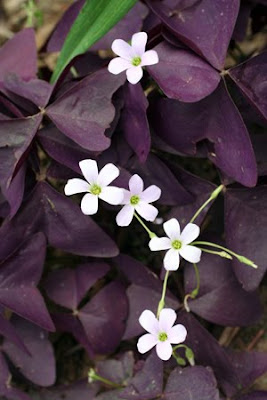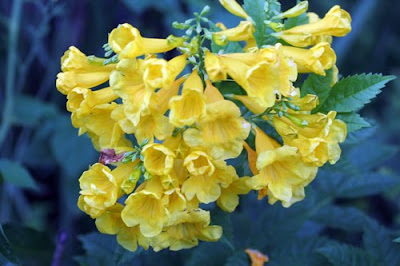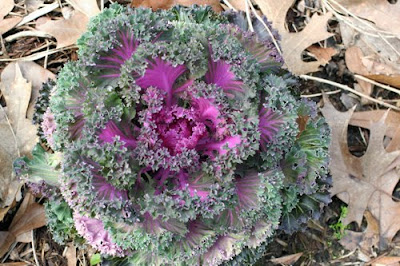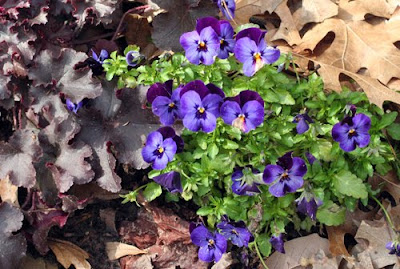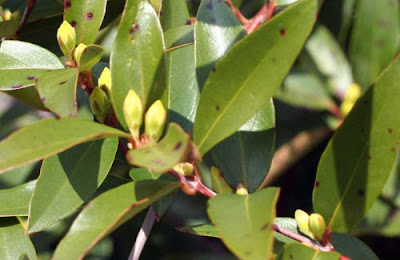(Originally posted here March 6, 2009.)I estimate that, over the years, I have made just about every mistake that it is possible for a gardener to make. In the process, I have killed an awful lot of perfectly good plants.
During the last four or five years, I have set about trying to rectify some of my earlier errors. Those were landscaping mistakes that were made in the late ‘80s and the ‘90s. During that time, my job and my kids took just about all the energy I had and any time left over for gardening was very hurried. The resulting landscaping was particularly slapdash.
Without proper planning, I used a lot of plants that shouldn’t have been used and that I would never use if I were doing the whole thing over again today. A lot of those plants are still in my yard. They are perfectly good plants and it isn’t their fault that they were misused.
As you may surmise, I get very sentimental about my plants, even the bad boys, and I find it hard to let them go. So, instead of “sunning their roots,” I have employed the strategy of moving them to other areas of the yard. As it happens, most of these inappropriate plants are in my front yard and I’ve been moving them to the backyard.
I did actually manage to say goodbye to two old crape myrtles that I had in the front yard. They were too big to move and they were misplaced and interfering with my plans for the future, so they had to go. We (and when I say “we” I mean my husband) did sun their roots, but all the other shrubs, no matter how big, are getting dug up and relocated.
I’ve written here before about the bed I’ve been building along the chain link fence that separates our yard from the neighbors. It is a big bed, approximately 80 feet long, and it takes a lot of plants to fill it. Fortunately, I have a lot of plants; they are just in the wrong place.
So far, I’ve filled about half the bed with transplants from other parts of the yard and with that passalong banana I got from my neighbor. Today, it was time to move the variegated privet from the front yard.
Yes, I admit it. At some point in the ’90s, I actually thought it would be a good idea to place two variegated privet shrubs on either side of our bedroom window and on either side of the azalea that was planted directly under the window. What was I thinking?
Well, obviously I wasn’t thinking about how big these little shrubs would grow some day. In time, they towered about ten feet tall and almost that wide, crowding out other plants in the bed. I had to keep whacking them back to maintain any semblance of control, but nothing slowed them down for long. These are very hardy plants!
In addition, I think they are attractive plants. That’s probably why I bought them in the first place. Evergreen, or at least ever-gray with that variegated foliage, they seemed like perfect screening plants for the area that I’m trying to hide with my new bed. So today, out came the shovels, and we started digging these huge shrubs up so they could be moved.
I expected resistance, but, in fact, it was surprisingly easy. They have relatively shallow root systems, although the roots stretch over a wide area. In practically no time, they were out of the ground and on their way to their new home.
This afternoon, I tucked them into their new bed and gave them a nice long drink of water. They were SO dry and thirsty.
Afterwards, I stood back and admired them. I like the way they look in their new spots. Now if I can just manage to keep them alive until their roots settle in and start delivering sustenance to the new growth, they will reward me by screening a very big portion of that ugly fence.
Another gardening mistake corrected. I knew there was a reason I bought these plants.
Now, about that azalea under my bedroom window…






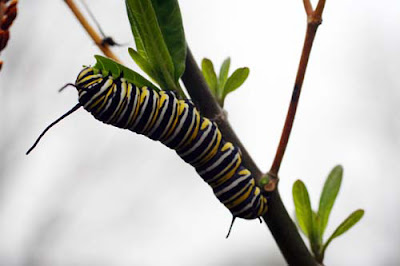
.jpg)

